Twentieth-century Europe unleashed upon itself an unprecedented destructive violence. Hundreds of cities were shelled, mortared, incendiary, and fought over. Spires were toppled, cathedrals razed to the ground, cloth halls and town halls pulverized, and streets so devastated that their course was indistinguishable beneath the steep slopes and gullies of heaped rubble. From the French port of Saint Nazaire in the west to Stalingrad in the east, European streets and squares, towns and villages were never so devastated as by the conflicts.
What phoenix would rise from the ashes? British planners were certain. Cities needed to be rethought. J. B. Priestley, visiting the beautiful medieval city of Coventry in 1934, found it so attractive that, he wrote, “it could have been transported to Italy.” The Luftwaffe subsequently damaged two-thirds of the city’s buildings and destroyed 4,300 houses. Coventry’s city architect, Donald Gibson, made no secret of his pleasure. “The bombs,” he wrote, were “a blessing in disguise.” He proceeded to demolish most of the city’s remaining medieval buildings. Coventry now looks nothing like Italy.
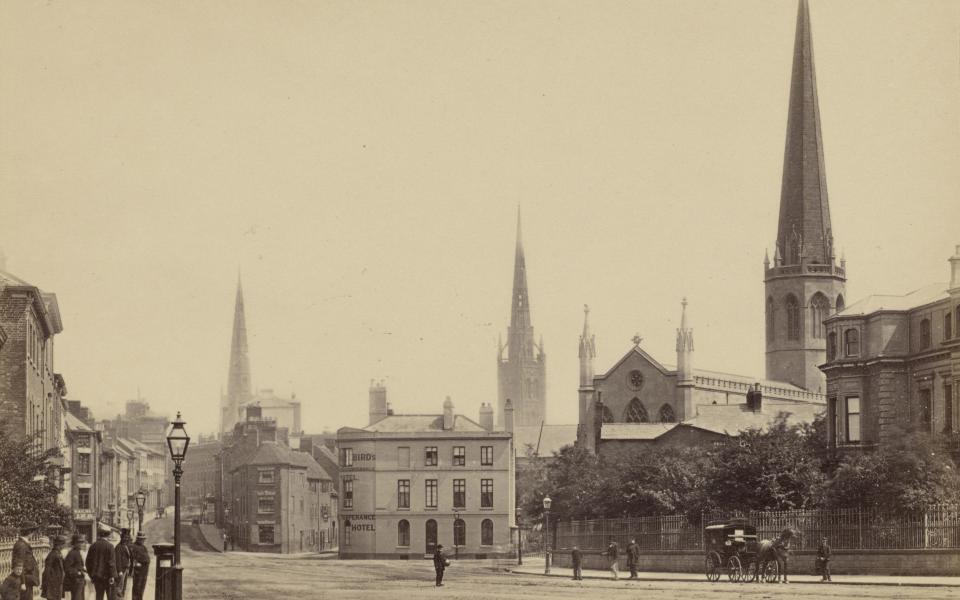
Many assume that the British response after the war was standard. It was not. The British penchant for tearing down and starting over was the exception, not the norm. Across Europe, streets were often rebuilt where they had previously been, and buildings were rebuilt, either as they were or in a simplified version. This organic approach was faster, cheaper, and allowed citizens to retain their sense of home and history. And it continues today.
Today we visit many of these cities and towns as tourists, often unaware that their “historical” streets are only a lifetime old. Three such recreated cities worth seeing are Warsaw, Dresden and Budapest.
Eighty-five percent of Warsaw was destroyed in World War II, a population of a million reduced to a few thousand. The Polish government resigned itself to moving the capital to Lodz and abandoning the city. Two officials, Stanislaw Lorentz and Jan Zachwatowicz, argued instead that resuscitating Warsaw was “the last act of victory in the struggle with the enemy.” Using the 18th-century paintings of Canaletto’s pupil, Bernardo Bellotto, as a guide, painstaking reconstruction was agreed in February 1945, before the war was over, and began immediately. The surviving population was the labor force. When I first visited ten years ago with a senior Polish official whose mother had worked on the reconstruction, I asked him, “How could the postwar government afford this?” He replied, “That’s such a Western question. People were given bricks and food and put to work.”
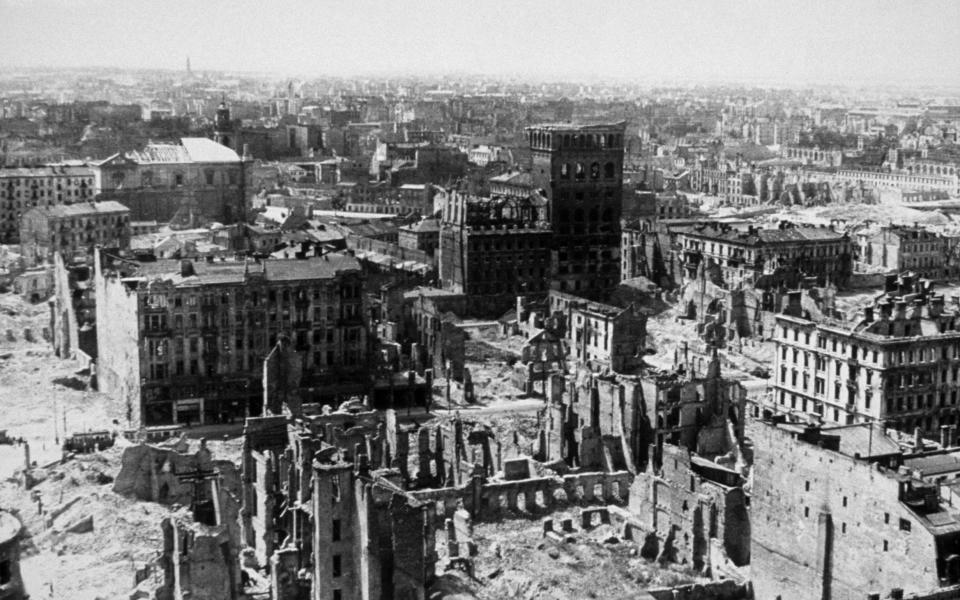

For many, it was a lifelong task. The town square, the surrounding streets, the city walls, and eventually the Royal Castle were rebuilt, stone by stone, corbel by corbel, over a period of more than 40 years. In 1980, UNESCO added the (new) Old Town to the World Heritage List. The Jablonowski Palace was not completed until 1997. When President Biden gave a speech in front of the Royal Castle a month after Russia invaded Ukraine, singling it out as a symbol of timeless freedom and culture, how many of his global audience knew that the building was less than 40 years old?
Dresden’s modern renaissance is also remarkable. A city that was barely worth a visit 30 years ago is remaking itself as Florence on the Elbe. Dresden’s self-immolation in 1945 is infamous. In the final months of the war, 1,299 Allied bombers destroyed a city of Baroque beauty. Most symbolically, one of Europe’s largest churches, the Frauenkirche or Church of Our Lady, burned for two days and nights before collapsing.
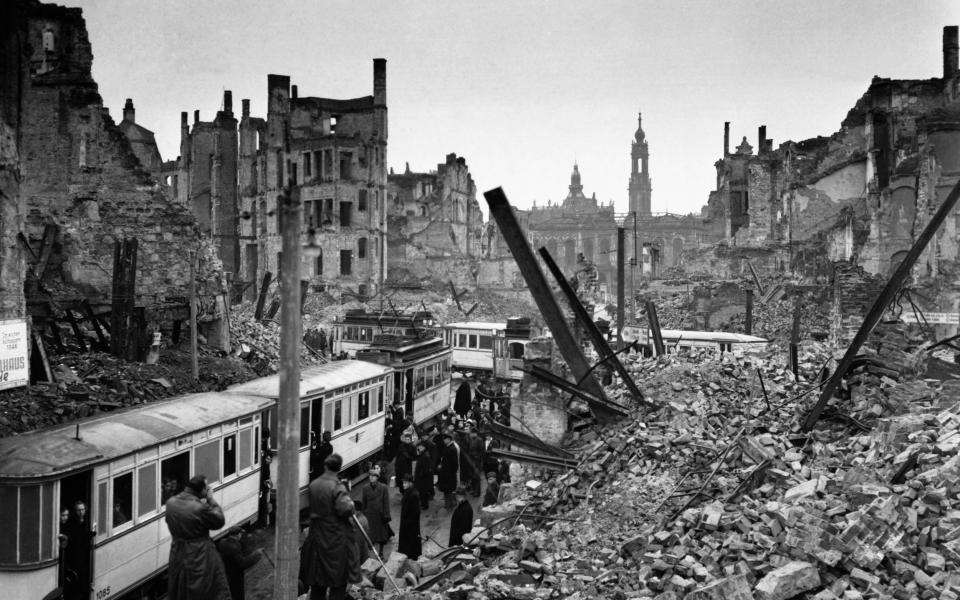

Less well-known is the sequel. The city center remained empty for years. The first reconstruction was ugly and streetless. But the people wanted their city back. And even under communism they began to get it. The Zwinger Palace and gardens were rebuilt in 1963. The Semper Opera House was reopened in 1985. Restoration accelerated with German reunification. The people of Dresden called en masse for the rebuilding of their lost Frauenkirche and the entire city center. Architects objected, but the will of the common people was irresistible. More than 13,000 donors from all over the world (with the British reportedly being the second largest donor) gave £90 million to what was called “the miracle of Dresden”. On October 30, 2005, the bells of the rebuilt Frauenkirche rang for the first time in 60 years. Many visitors wept with joy. It is poignant that the golden cross on the enormous dome was forged by a British silversmith, Alan Smith, whose father had piloted one of the RAF bombers in the Dresden raid. Sometimes it takes a long time for history to find its place. Around the dome, the city streets are now rediscovering their historical form. All the baroque buildings where citizens and tourists gather are modern.
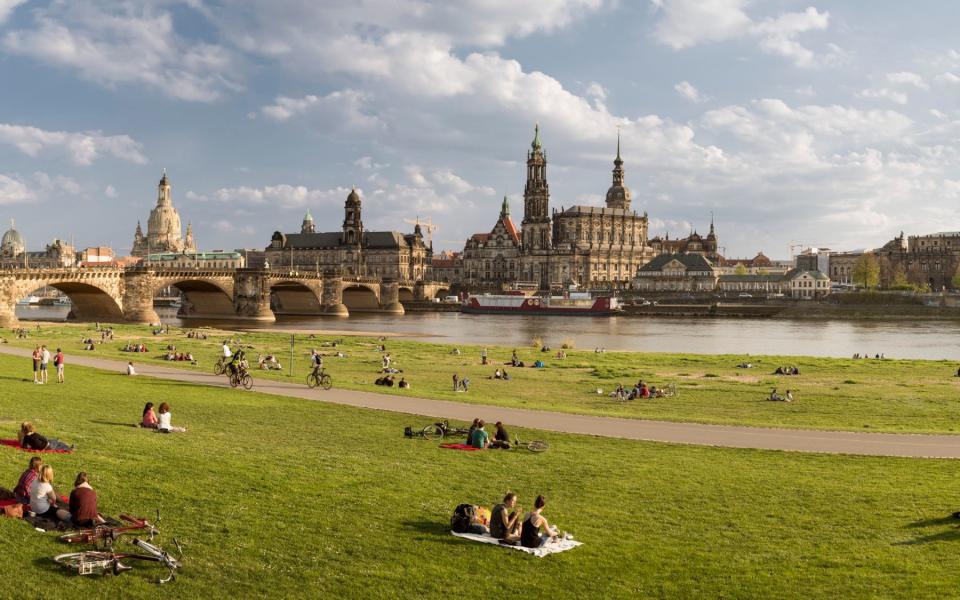

Much of Budapest, including the totemic Chain Bridge and Buda Castle on the west bank of the Danube, was also destroyed, mainly during the siege of the city in 1944–45. You wouldn’t say that now. The Chain Bridge was rebuilt in 1949. The 1950s and 1960s saw the reconstruction of the medieval fortifications, complete with towers, walls, gatehouses and the Gothic wing of the Royal Palace. Other interventions were less fortunate.
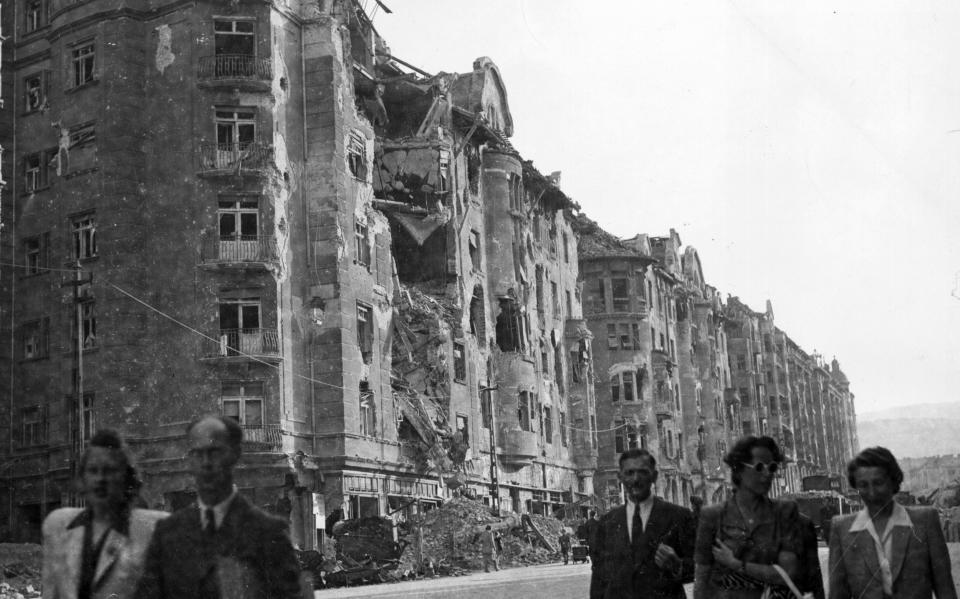

The palace’s Baroque interiors had partly survived the war, but they were largely destroyed, reeking of royal privileges. Nevertheless, in 1987 UNESCO was able to declare Buda Castle a World Heritage Site, even though much of it was new. Since then, the reconstruction policy has continued under the controversial Hungarian Prime Minister Viktor Orban, with huge and new Baroque palaces, pulverized by the war, being rebuilt from scratch: the Royal Riding Hall and the Castle Guard Barracks have been completed.
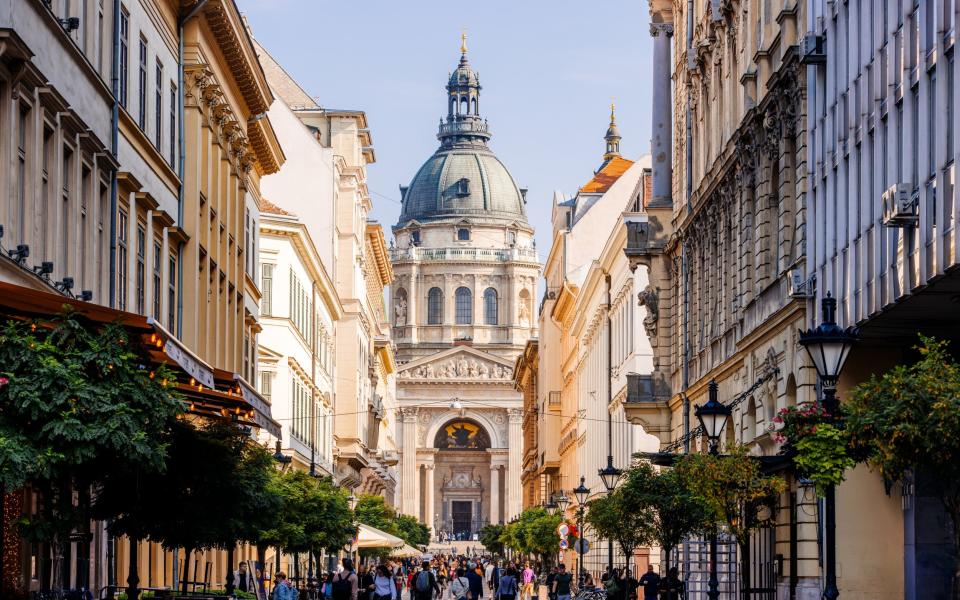

The enormous Archduke Joseph Palace is next. Recent tourists love it. But if you want to enjoy pre-war Budapest, you may want to get there soon. There are ominous plans to build a city of skyscrapers on the other side of the Danube. You can now enjoy an untouched Habsburg skyline – but for how long?
Nicholas Boys Smith is the founder of Create Streets. His history of the streets of London, No free parkingis available from Bonnier Books.